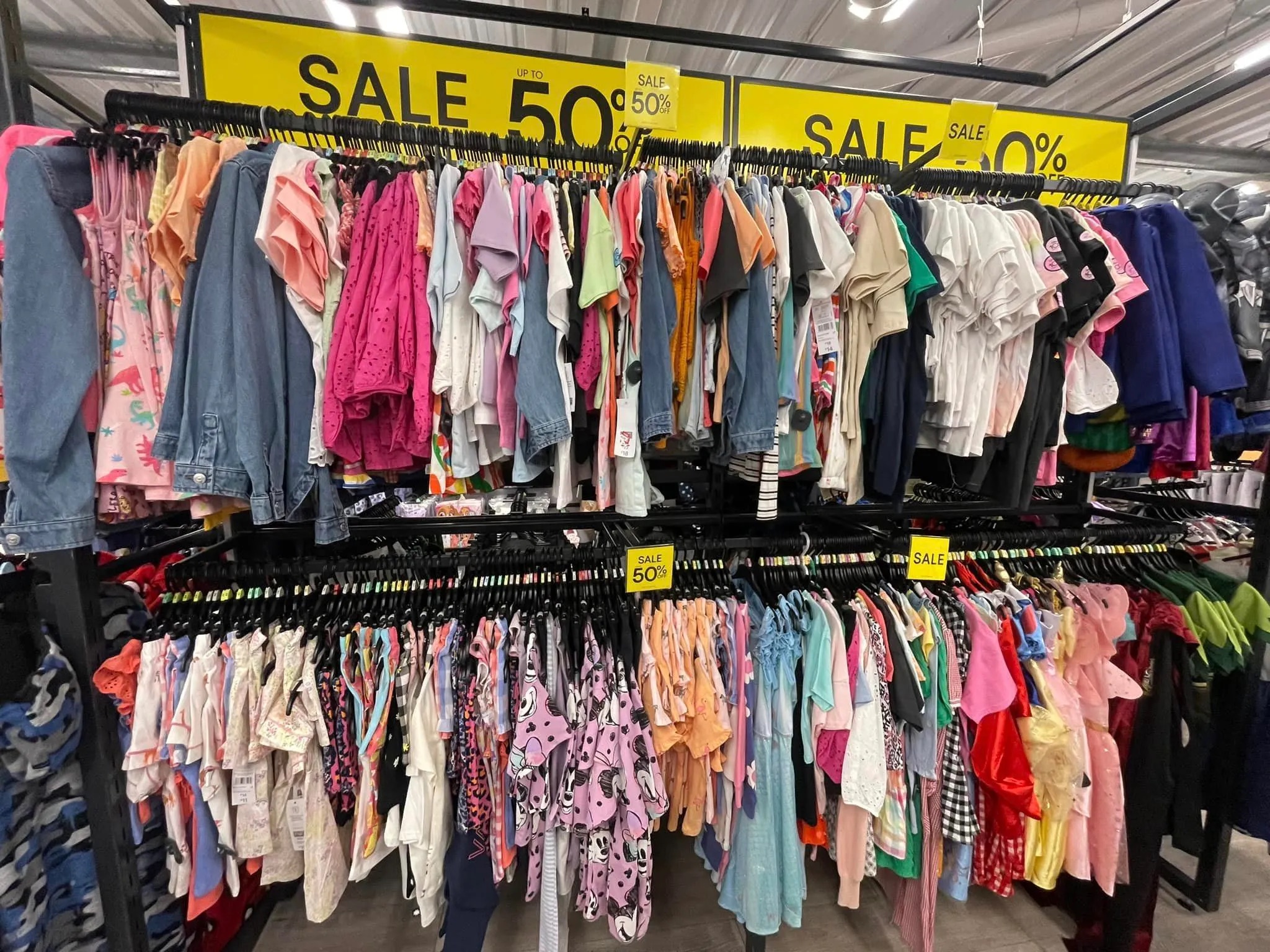Over the past six years I have seen the growth, passion, and commitment from the business world to ‘do the right thing’, and take responsibility for their impact on the planet and society. We are now seeing brands setting goals to measure and reduce their carbon footprint, analyse the risks in their supply chain, and choose preferred materials over fossil fuel alternatives. Some are even exploring circular business models, by introducing repair workshops, and resale and rental initiatives.
However, when the fashion industry is still producing over 100 billion garments a year, using up finite resources, and with consumers reducing their appetite for ‘new’, there is one significant area that apparel businesses should be urgently looking into – their inventory and stock management. According to a new report by WGSN and OC&C Consultants, the apparel industry is overproducing garments by 10-40%. This overproduction is risking the environmental gains that many apparel businesses have made already in emissions, water use, and waste.
The fashion industry has been driven by a ‘more is more’ approach for several years now. Having mass produced, cheap, trend-driven products that move quickly through a business has driven the revenue growth of mass international retailers for many years. Businesses place orders in massive quantities to benefit in economies of scale, to ensure that they never run out of stock due to global shipping times, to meet customer expectations of variety, and that their store looks ‘good’ with chocka-stocked shelves and racks.
“At this point, it’s not about the chemicals,” Ms. Friedman said. “It’s about the sheer amount of stuff that we produce, that we buy and that we waste.” Vanessa Friedman, The New York Times fashion director and chief fashion critic.
The majority of fashion brands predict production data the same way we have for many decades. For a creative and innovative industry, fashion really hasn’t embraced technology or reassessed new systems in many years. Currently, the majority of unit buys are predicted many months, (sometimes years) in advance, making it almost like looking into a crystal ball. These units are projected off gut feelings, previous seasons’ best sellers, the strength of the ‘trend’, social media responses, and often dictated off supplier minimums, which is the case for many New Zealand and Australian small fashion brands. However, this system is causing companies to order way more product than they or their customers need, and leading to loss of resources and increased waste.
Apparel brands invest millions every season into new products and stock, tying up significant capital and space. Being overstocked leads brands to discount, like all the ‘Black Friday’ sales that now fill our inboxes every year, or eventually leading to marking down the product, reducing profit margins, and leading to a cheapening of brand image. Products that don’t then sell at markdown, or have been removed from the shop floor for quality, or branding issues, are often referred to as ‘deadstock’. This ‘dead’ product incurs stock holding costs, and eventually could incur costs for shipping internationally for charity groups, or even worse, destruction or landfill.
Beyond the financial implications, there is a huge cost to our planet. The huge amount of waste, water pollution, fossil fuel use, emissions, and environmental destruction being created through this continuous consumption pattern, along with people being paid below the poverty line and working in harmful conditions throughout global supply chains, means we cannot keep producing and consuming the way we always have. With a changing consumer appetite, rapidly changing climate, and shifting legislation, companies are going to need to look at the way they buy and manage stock, and their consumption of precious and finite materials.
“The fashion industry must shift its business model to focus on profitability rather than just exponential growth. The conversation around the second life of clothes must be reframed to incorporate the idea that customizing an older garment through repair makes it couture.” “Can Fashion Be Profitable Without Growth?” NY Times, 2023
So what can brands do to reduce their habits of overproduction, and use their influence to reduce overconsumption by their customers?
The first place brands need to look is internally, to ensure they have adequate resources behind a person or a team, who are dedicated to stock planning or merchandising. This crucial role will help businesses with reviewing and analysing data, and ensure any projections are based off demand, not just ‘trend’ driven. The WGSN report estimates this model could reduce overproduction from 5-15%.
Planning teams need to have access to sufficient resources such as the right technology and data sets, along with team support. Many of the brands we work with don’t have the right processes or technology set up to make it easy for them to access the right data, or find the right information in order to make decisions. There is new innovation in the stock management space now, such as predictive analytics, smart inventory management software, and 3D digital product creation, which can help stock management teams to make more informed decisions, before progressing to the supplier.
To help address the issue of minimum quantities with suppliers, it is worth spending time with your suppliers to discuss your future plans, and how you would like to reduce your quantities over time. Sometimes by offering to pay your suppliers a surcharge, or by committing to fabric or materials for the season, they will be willing to work with you to reduce your unit buys. Alternatively, there are many suppliers out there who have much lower MOQ’s, so please check in with us at Go Well if you need some help in this area.
One of the areas we are seeing innovation and technology developing, is operating an on-demand ordering model. Through using 3D modelling, digital printing, and new on-demand manufacturing systems, businesses can produce garments only once they are ordered by the customer, meaning no overproduction. On-demand allows customers to order their correct sizing, using tailored measurements, select their colour or print of choice, and creates more value to the customer through having one-off, specialised garment just for them.
“Shifting to shorter, more frequent buys more directly linked to demand allows better reaction to trend, management of waste, protection of cash flow and reduction in markdowns.” WGSN report, 2023
Circular business models give businesses an opportunity to reduce their procurement of finite resources, increase customer loyalty, and gaining new customer groups. By applying frameworks such as the butterfly diagram, or the materials hierarchy, businesses can adopt these new business models, and create new revenue streams, all while decoupling their revenue from resource extraction. By implementing initiatives such as repair programmes, resale platforms or upcycling systems, we are helping to keep garments in use for longer, while creating long term relationships with our customers.
Overall, businesses need to rethink the way they do business. We need an overhaul of the whole fashion industry, and the way we do things. Businesses need to prioritise planning and stock management systems and processes to ensure the focus is on how much we produce, not so much on what we produce. We need pioneers who will implement circular business models, invest in new technologies, and be willing to disrupt the tired fashion system to ensure our favourite brands can be in business for years to come.
Written by Vanessa Thompson, Director of Supply Chain and Textiles at Go Well Consulting

